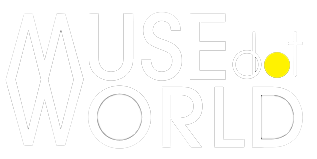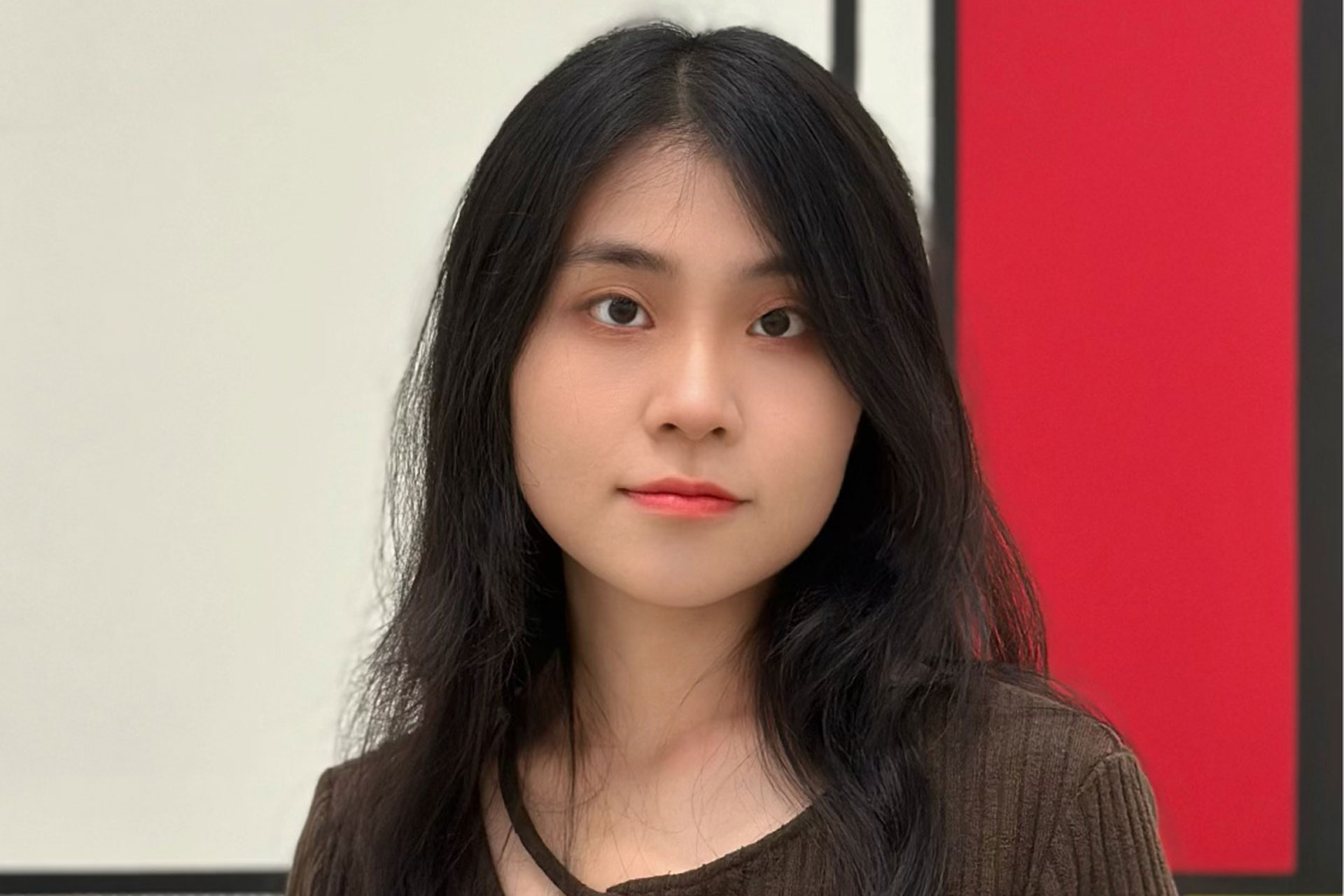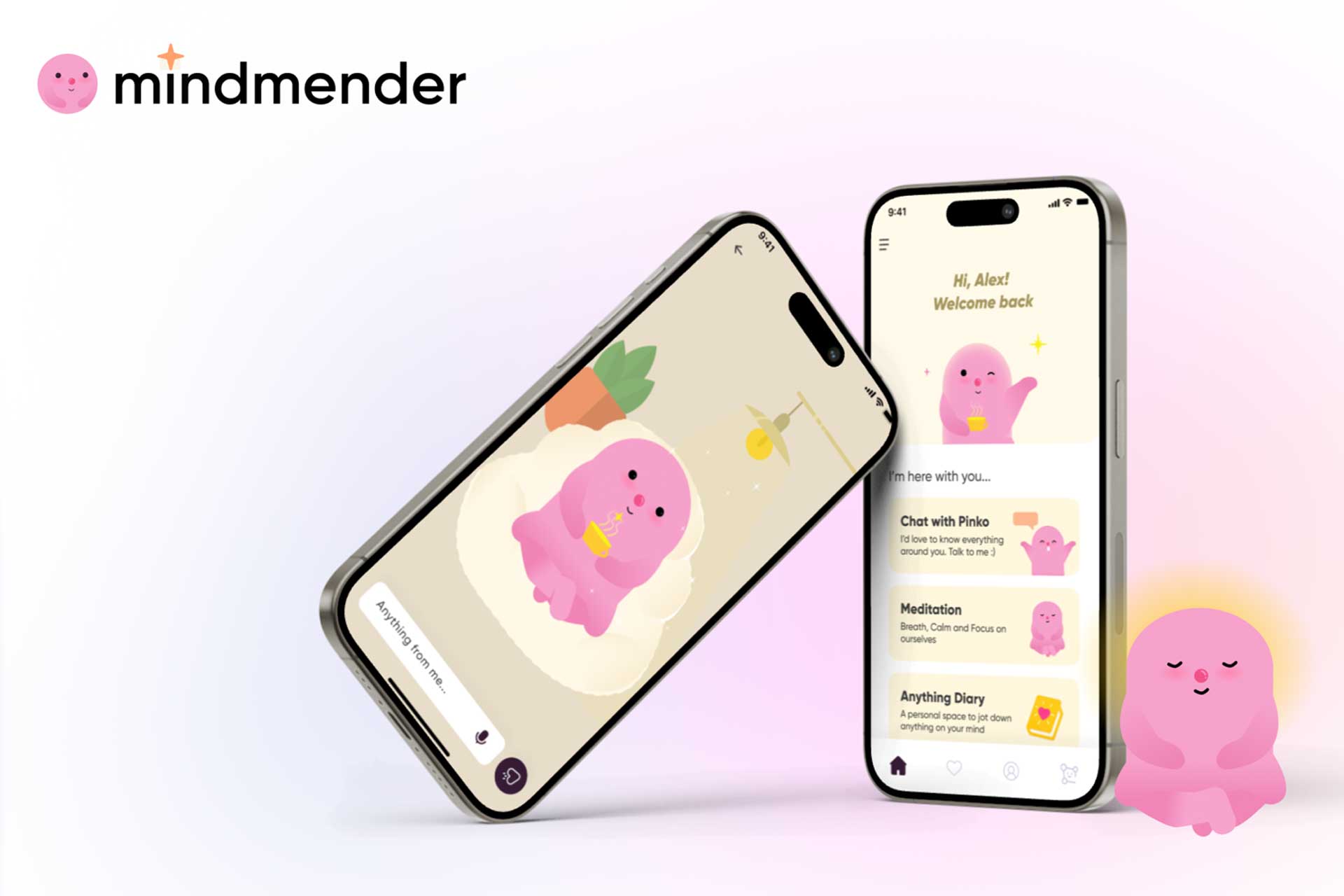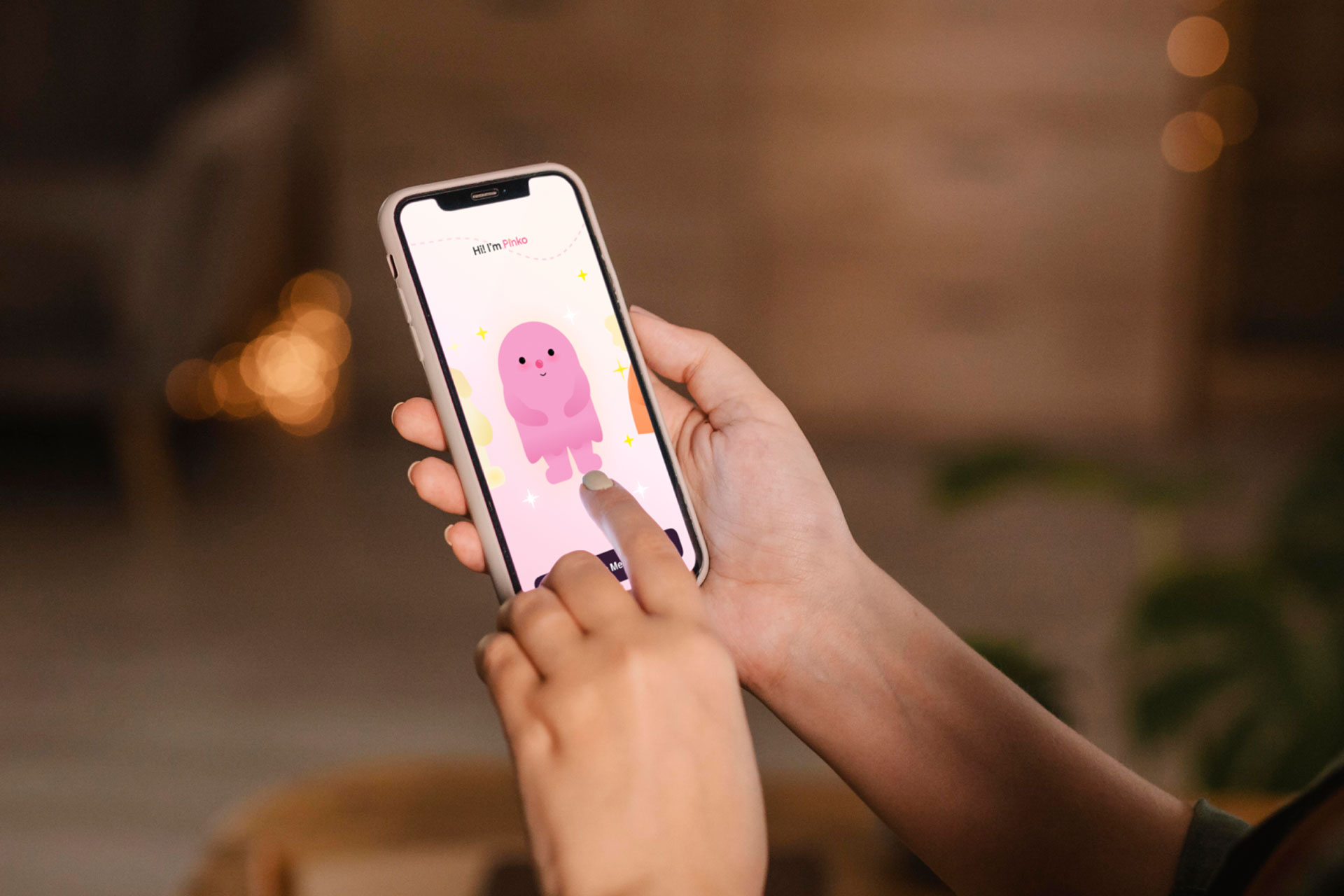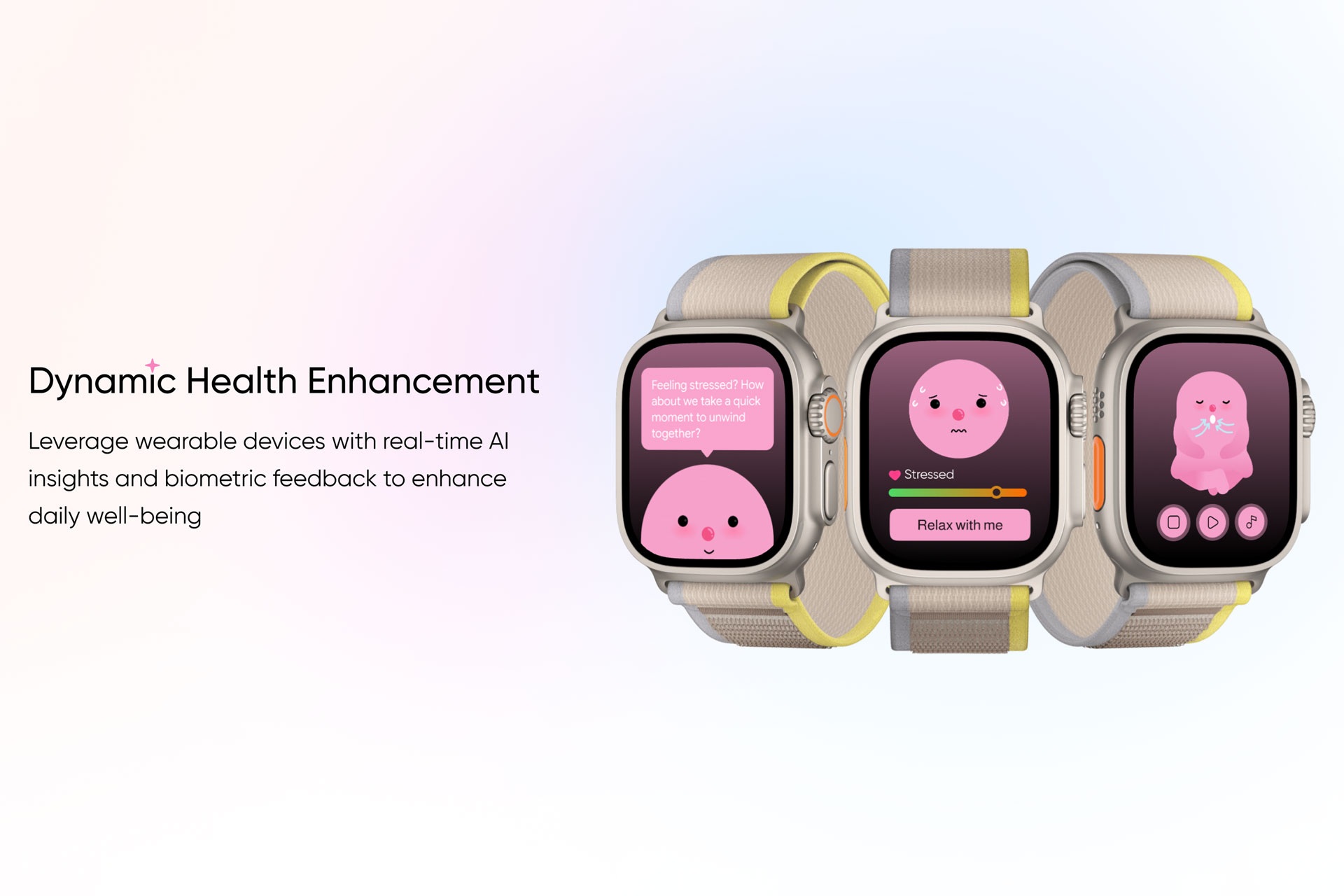Jiahui Yu, Connecting the Dots Between UX and Real-World Needs at Advantage Solutions

The Success Story of Ascend Agency
January 23, 2025
Michael Wong, Captivating Lonely Planet 2.0 Concert Tour
January 24, 2025Jiahui Yu
Jiahui Yu, a UX Designer at Advantage Solutions, is driven by a deep curiosity about the world. She focuses on understanding users and creating solutions that truly meet their needs, believing great design anticipates unspoken desires and fosters genuine connection.
My name is Jiahui, and I’m a UX Designer with four years of experience. I love exploring different industries, and I’ve worked on projects ranging from healthcare and education to back-end management, live streaming, and e-commerce. Tackling diverse fields allows me to understand varied user needs and motivations.
I’m passionate about observing the details around me and delving into the ‘why’ behind them—like why ketchup bottles are designed with caps on the bottom or why ticket stubs are necessary on public transport. This curiosity drives me to approach design from a critical, inquisitive perspective, always looking for deeper insights that enhance the user experience.
I chose to become a digital designer because I’m passionate about connecting with people through thoughtful design and addressing real-world issues. With a natural curiosity about the world, I’m drawn to the challenge of understanding users on a deeper level and finding creative solutions that truly resonate with their needs.
I’ve always believed that design is a powerful tool to simplify complex problems and improve lives in meaningful ways. The opportunity to work across various fields and explore diverse perspectives keeps me motivated, as each project lets me question assumptions, learn, and create tangible impact that contributes to a better world.
As a UX Designer at Advantage Solutions, I work on solving a range of practical, real-world challenges. My role involves addressing specific user needs and refining experiences to make our solutions as effective and accessible as possible.
Beyond my daily work, I’m deeply passionate about social issues and often look for ways that design can positively impact society. I believe that good design can help address complex social topics, from mental health to inclusivity, and my goal is to create solutions that not only solve problems but also contribute to a broader understanding and empathy for diverse user needs.
I believe that a good design is human-centered, prioritizing usability while uncovering and fulfilling needs that users might not even realize they have. It maintains simplicity and intuitiveness, meeting users’ basic requirements while delivering deeper value that enhances their experience.
A truly successful design anticipates these unspoken needs, creating a sense of connection and satisfaction for the user.
My design style is primarily minimalist and elegant. It creates a visual experience that feels comfortable and trustworthy while remaining functionally straightforward and easy to understand.
Even for those without interaction training, my design is intuitive enough to be used effortlessly. We aim to provide an experience that is both relaxed and engaging, helping to bridge the gap between the product and its users.
My design style is primarily minimalist and elegant. It creates a visual experience that feels comfortable and trustworthy while remaining functionally straightforward and easy to understand.
Even for those without interaction training, our design is intuitive enough to be used effortlessly. I aim to provide an experience that is both relaxed and engaging, helping to bridge the gap between the product and its users.
My design process begins with a deep understanding of our users and their needs. I start with research, gathering insights and analyzing user behavior. At the beginning, we often explore multiple topics, but I recognize the importance of creating socially valuable solutions.
This led me to focus on mental health. In the ideation phase, I brainstorm and sketch various solutions, emphasizing how to deliver genuine value to users. I also examine existing products on the market, identifying why they fail to meet users' needs, as we enjoy uncovering problems and questioning everything.
Once the concept is solidified, I develop prototypes, testing and refining them through user feedback. In the final implementation, we pay close attention to detail, ensuring that my design aligns with my core principles of functionality, simplicity, and aesthetics.
I draw inspiration from a variety of sources, including user feedback, industry trends, and my own diverse backgrounds. Coming from a design school, one of us is skilled at identifying social issues, while the other, with a psychology background, has a strong understanding of users' deeper needs.
This combination gives us a heightened sensitivity to problems, helping us uncover insights that may not be immediately obvious. Additionally, I look to fields like art and technology for innovative approaches, which allows me to create solutions that are both meaningful and deeply engaging.
I am most excited about trends that combine technology with user-centered approaches, particularly in areas like AI-driven personalization, mental health solutions, and immersive experiences. Advances in artificial intelligence allow me to create more tailored user experiences, making digital interactions feel personal and relevant.
Mental health in digital design is another trend I am passionate about, as it enables me to develop tools that promote well-being and address social challenges. Additionally, immersive experiences like augmented reality offer new ways to engage users, making digital interactions more meaningful and memorable.
Thank you! Winning the 2024 MUSE Creative Awards is an incredible honor for me, as it not only acknowledges my hard work but also validates my ideas and abilities. This award reinforces my commitment to creating meaningful, user-centered designs and shows that my approach resonates within the industry.
This recognition motivates me to keep pushing boundaries, exploring innovative solutions, and making a positive impact on users' lives. For me, this award celebrates my dedication and reminds me of the value my work brings to the digital design field.
My winning project focuses on mental health, an area I feel is critically important in today’s high-pressure society. Many people are forced to cope with stressful environments, yet mental health awareness and accessibility are often lacking, which can delay necessary support and treatment.
This has affected even my own friends and family, making the issue deeply personal. I chose to enter this project because it reflects my commitment to creating tools that can raise awareness and provide meaningful support. Winning this award for a project so close to me reaffirms my goal of positively impacting lives through digital design.
The biggest challenge with this project was finding the right balance between addressing sensitive mental health issues and creating a user experience that felt approachable and supportive.
Many people understand the benefits of addressing mental health concerns, yet there remains a lingering sense of stigma that prevents them from seeking help. This stigma around mental health treatment is not just a personal issue; it’s a broader social problem that I wanted to address in my design.
I needed to create tools that would help users recognize and address their mental health needs in a way that felt safe and judgment-free. Additionally, I faced the challenge of translating complex psychological insights into intuitive design elements, ensuring that my solution was both effective and easy to use.
Through continuous user feedback and iteration, I worked hard to create an experience that could genuinely support users in a respectful, accessible, and destigmatizing way.
Winning the MUSE Creative Awards has had a profound impact on me, reinforcing my confidence in my design approach and my commitment to social issues like mental health. This recognition has not only validated my methods and creativity but also opened up more opportunities for collaboration and outreach.
It has encouraged me to continue innovating and to take on even more challenging projects that make a real difference. For me, this award serves as a milestone in my journey and a reminder that design can play a powerful role in addressing societal issues.
My top three favorite aspects of the digital industry are its constant innovation, the ability to create impactful user experiences, and the potential for social change.
Firstly, the digital industry is always evolving, with new technologies and ideas emerging that push the boundaries of what’s possible.
Secondly, digital design allows me to craft user-centered experiences that can truly engage and support users in meaningful ways.
Finally, I value how the digital industry can address societal issues, such as mental health awareness, by making resources and support more accessible to a wider audience.
Living in the United States, I’m part of a highly diverse society that constantly brings forward new ideas. This diversity of race, background, and perspective makes the digital industry here especially unique, as it requires sensitivity and thoughtfulness in addressing issues like mental health.
The diverse experiences I encounter encourage me to approach design with empathy, ensuring that my solutions are inclusive and respectful of individual differences. The U.S. digital industry’s openness to innovation and multicultural insights enables me to create meaningful, socially aware projects.
I envision the digital industry continuing to evolve with a strong focus on personalization, mental health, and ethical technology use. In the next 5-10 years, advanced technologies like enhanced interactive forms, supercomputing, and brain-computer interfaces will likely become more prevalent, allowing for new and immersive user experiences.
I believe that as the industry advances, design will need to address important considerations around ethics, privacy, and transparency. This evolution toward more personalized, ethically aware, and technologically sophisticated designs will help shape a future that is both innovative and responsible.
My advice would be to stay curious and constantly seek to understand the real needs of users, while pursuing advancements in technology and innovation. The digital industry is always changing, so it’s important to be open to learning and adapting as new tools and trends emerge, especially in fields like AI, interactive design, and immersive technologies.
Focus on building a strong foundation in technical skills and design thinking, while being mindful of the social and ethical impact of your work. Finally, don’t hesitate to take on projects that are personally meaningful—passion, purpose, and a drive for innovation can set your work apart and lead to impactful, award-worthy designs.
If I had to recommend two essential reads for anyone looking to improve their design skills, they would be:
The Design of Everyday Things by Don Norman – This book was one of my early inspirations and remains a must-read for anyone interested in human-centered design. It offers invaluable insights into understanding user behavior and how to create intuitive, functional designs that truly serve the people interacting with them. It’s an excellent foundation for anyone looking to grasp the psychology behind effective design.
Don't Make Me Think by Steve Krug – This is another foundational book that shaped my approach to web usability and intuitive design. Krug’s simple, yet profound, advice on making things as easy as possible for users has become a guiding principle in my work. This book is perfect for understanding the critical role usability plays in web and product design, ensuring that users can navigate without friction.
These two books laid the groundwork for my understanding of design and are a fantastic starting point for anyone aiming to improve their skills in the design industry.
I’m deeply inspired by philosophers, especially Michel Foucault, whose work delves into human desires, needs, and societal structures. While design and philosophy may seem distant, I see them as fundamentally connected, both centered on understanding people.
Foucault’s insights into how human behavior is shaped by social forces have profoundly influenced my design approach. His philosophy reminds me that design isn’t just about aesthetics or usability—it’s about exploring the deeper motivations and desires that drive people. This perspective helps me look beyond surface-level needs and create experiences that resonate with users on a meaningful level.
I'm inspired by those who see the world as full of questions. Often, I focus on solving problems, but even more important is the ability to identify and question them. Innovators who constantly challenge assumptions and seek to uncover new perspectives motivate us to approach my work with curiosity and critical thinking.
Their influence reminds us that the best designs come not just from answers, but from the questions we’re willing to ask.
Jiahui Yu
Jiahui Yu, a UX Designer at Advantage Solutions, is driven by a deep curiosity about the world. She focuses on understanding users and creating solutions that truly meet their needs, believing great design anticipates unspoken desires and fosters genuine connection.
Explore the journey of Jifeng Shen, a Silver Winner in the 2024 MUSE Creative Awards. As the project leader of TouchNav, he combines his expertise in industrial and interaction design to harness technology in service of special groups. With TouchNav, he transforms design management principles into action, crafting solutions that drive meaningful social impact.
